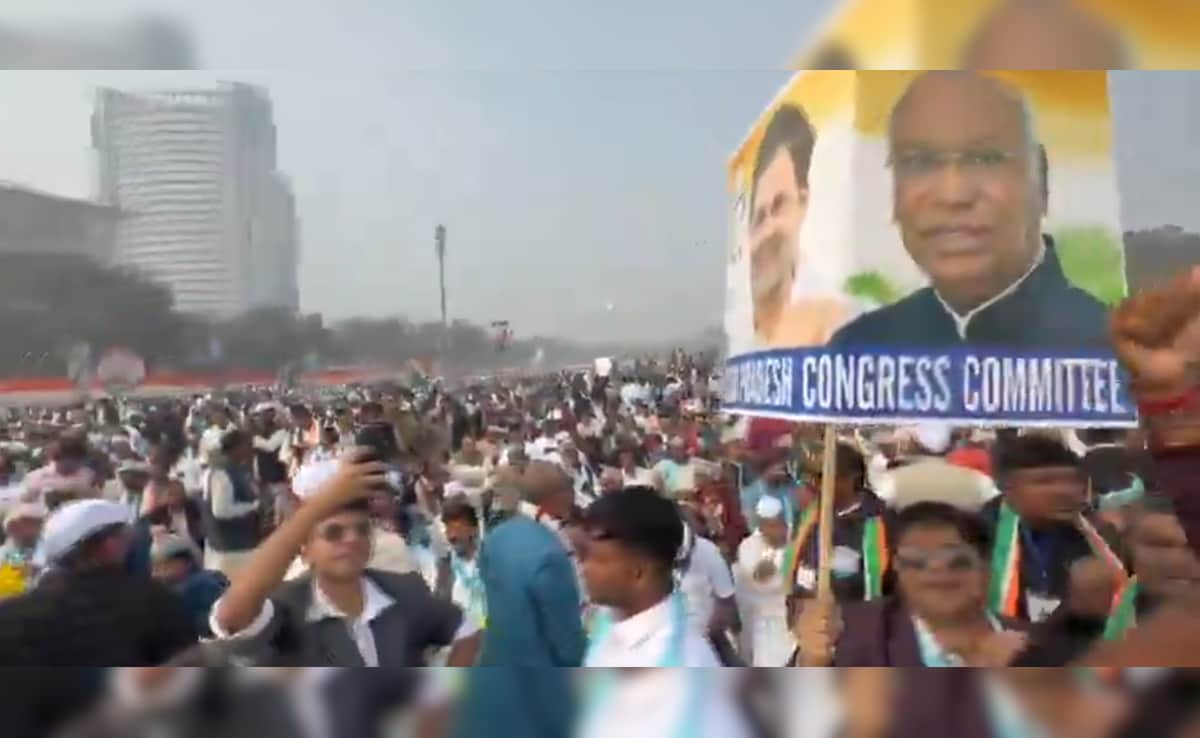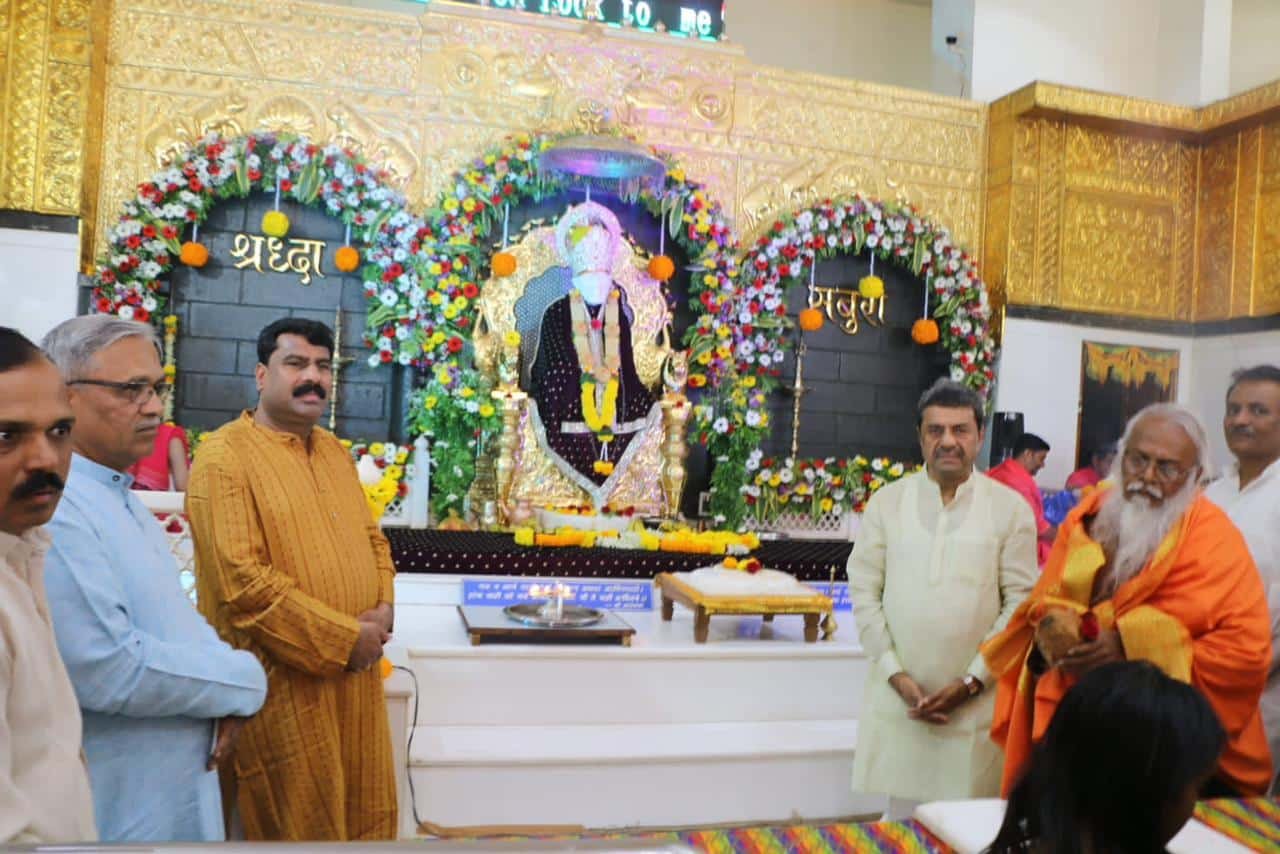Supreme Court Verdict on AMU Minority Status: AMU was founded in 1875 (File).
New Delhi:
A seven-judge Constitution bench of the Supreme Court ruled 4:3 Friday to overturn a key 1967 judgement on the Aligarh Muslim University – which removed minority status – but left it to a regular (as yet unconstituted) three-judge bench to decide if the institution should be granted this again.
The bench, led by Chief Justice DY Chandrachud – who authored the majority judgement on his last working day – struck down an earlier ruling that said an institution incorporated by a statute could not claim minority status, but left the question as it pertains to AMU to a regular bench.
The three dissenting judges on the Constitution bench today were Justices Surya Kant, Dipankar Datta, and SC Sharma, while three others – Justices Sanjiv Khanna (who will be the next Chief Justice), JB Pardiwala, and Manoj Misra, as well as the outgoing Chief Justice, held the majority.
The bench had earlier reserved its verdict on February 1.
Majority Verdict
Reading for the majority, the Chief Justice underlined the importance of identifying the university’s actual point of origin – its genesis – to establish its minority status.
Because AMU had been ‘incorporated’ by imperial legislation – it was founded in 1875 as the Muhammadan Anglo-Oriental College and converted to a university by the British Raj in 1920 – does not mean it was not ‘established’ by members of a minority community, the court said.
A key point is that the court said it is not necessary for an institution to be established only for the benefit of a minority community, or for its administration to rest with members of that community.
Minority institutions may also wish to emphasise secular education, it noted.
The test, the majority ruled, is to see if the administrative structure is in line with the claimed minority character of the institution, in this case the AMU. The court also said the government could regulate minority educational institutions as long as it does not infringe on the character of such institutes.
Dissent
Among the dissenting judges, Justice Datta ruled the AMU is not a minority institution, while Justice Sharma noted a minority community should control institutions serving its peoples but with no interference. They must, however, also give its students the option of a secular education, he said.
Case Background
Under Article 30 of the Constitution – which empowers religious and linguistic minorities to establish and administer educational institutions – AMU had enjoyed minority status.
The Aligarh Muslim University was founded in 1875 and incorporated by imperial law in 1920.
A 1951 amendment to that imperial law, the AMU Act, did away with compulsory religious instructions for Muslim students. A second amendment, in 1981, sought to revert to the pre-1951 position but, in the opinion of the Chief Justice-led majority, it did a “half-hearted job”.
Then, in 1967, a five-judge Constitution bench – in the S Azeez Basha versus Union of India case – held that since AMU is a central university it could not also be a minority institution.
During arguments, which were held in February, Solicitor General Tushar Mehta and others said that because AMU had, since 195, received significant funds – over Rs 5,000 crore between 2019 and 2023 alone- from the central government, it had surrendered its minority character.
And, in 2006, the Allahabad High Court dismissed the 1981 amendment, holding that the AMU is not a minority institution. That matter was then referred to the Supreme Court after the Congress-led UPA government at the centre appealed the 2006 High Court verdict.
The university had filed a separate petition against the same ruling.
A three-judge bench led by then Chief Justice Ranjan Gogoi sent this to the larger bench.
Earlier, the BJP-led union government – which said it would withdraw the appeal lodged by its Congress-led predecessor – refused to accept the contentious 1981 amendment and sought to revert to the top court’s 1967 vedict, referring also to the issue of AMU using government funds.






